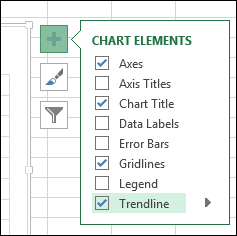

The defects must occur within a finite region of space or time. When looking at counting data, you end up with whole numbers such as 0, 1, 2, 3 you can't have half of a defect. It does not mean that the item itself is defective. A defect occurs when something does not meet a preset specification. With counting data, you count the number of defects. The u control chart and the c control chart monitor the variation in counting type attributes data. In situations such as these, the defects (such as the number of bubbles on a plastic sheet) are counted. However, if there are too many bubbles, the sheet may not be useful for its intended purpose. The fact that the sheet has a small defect such as a bubble or blemish on it does not make it defective. For example, suppose you are making a plastic sheet. Rating items as defective or not defective is not very useful if the item is continuous.

The real issue here is how many defects there are on the television set. For example, a television set may have a scratch on the surface, but that defect hardly makes the television set defective. If the item is complex in nature, like a television set, computer or car, it is not very valuable information to characterize such as being defective or not defective. With this type of data, there are only two possible outcomes: something is either defective or not defective. You use the p or np control chart with yes/no type data. There are two types of attributes data: yes/no and counting. The u control chart allows you to do this. To make the number more useful, you might want to track the number of infections per 1000 days the device is in use. This number by itself doesn't mean too much to people. This would give you a rate of 1/1000 or 0.001. Perhaps it occurs only once for every 1000 days the device is in use. You would like to track how often this occurs. The device sometimes, but rarely, causes an infection. For example, suppose you have developed a new medical device to help patients breathe while they are in ICU. This type of chart is often used in the health care industry to track items such as infections. This month's publication examines u control charts.


 0 kommentar(er)
0 kommentar(er)
